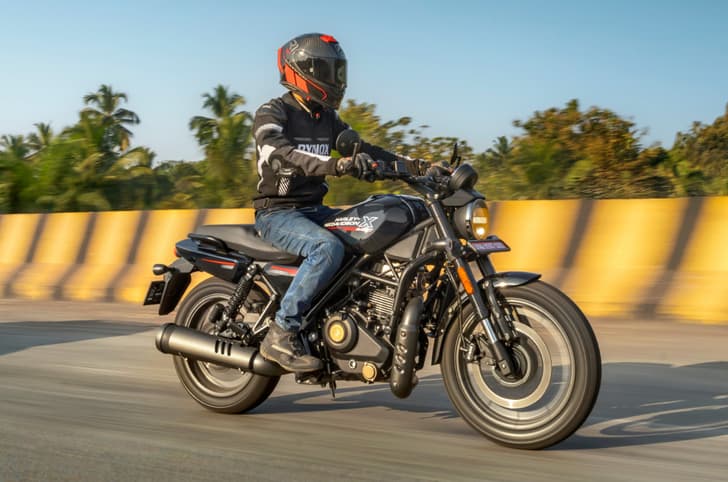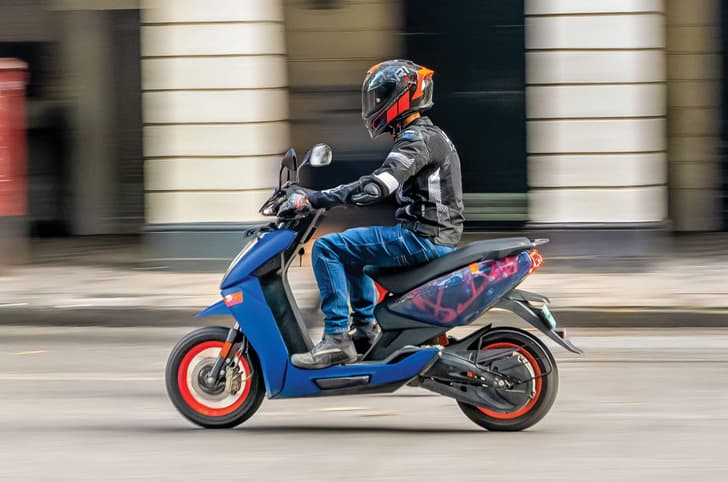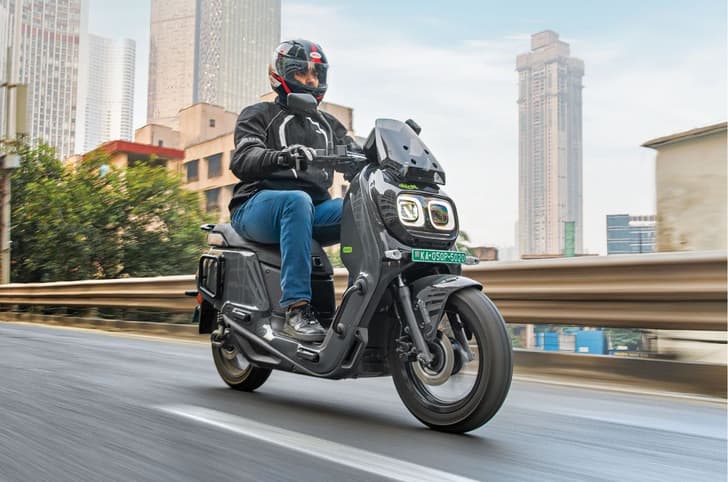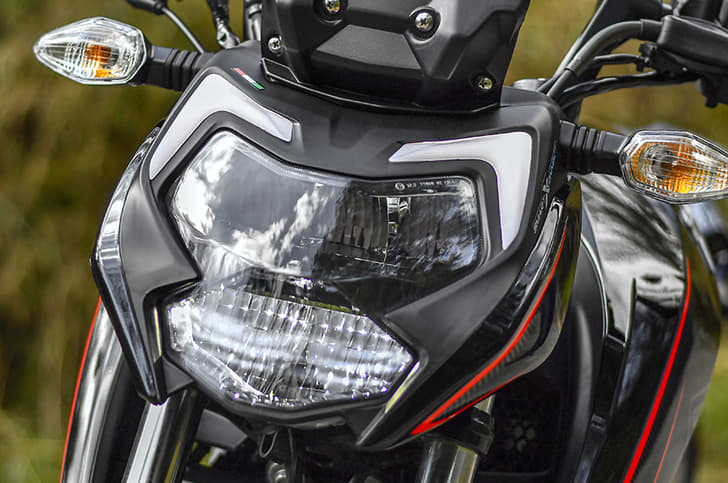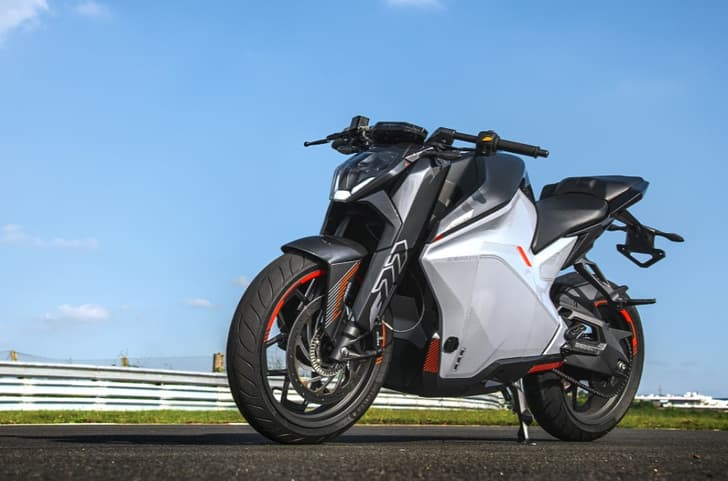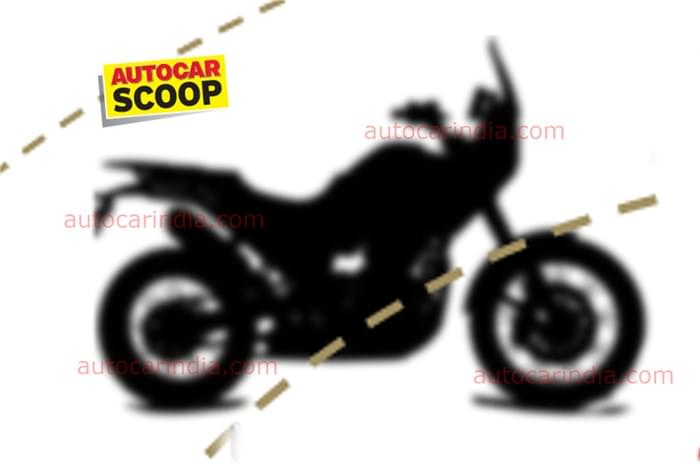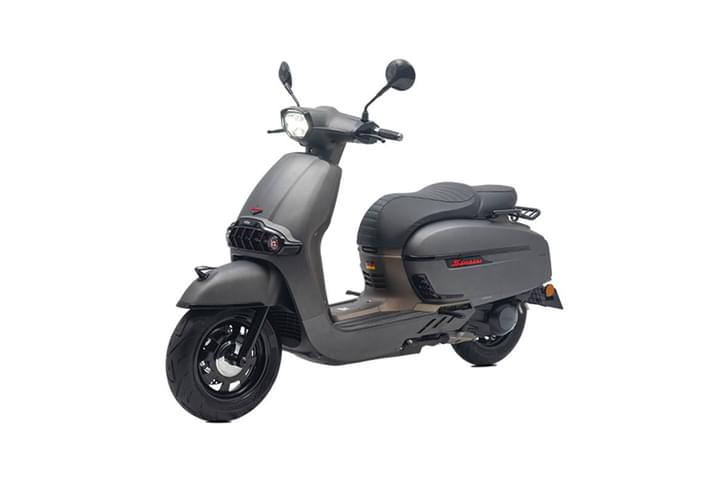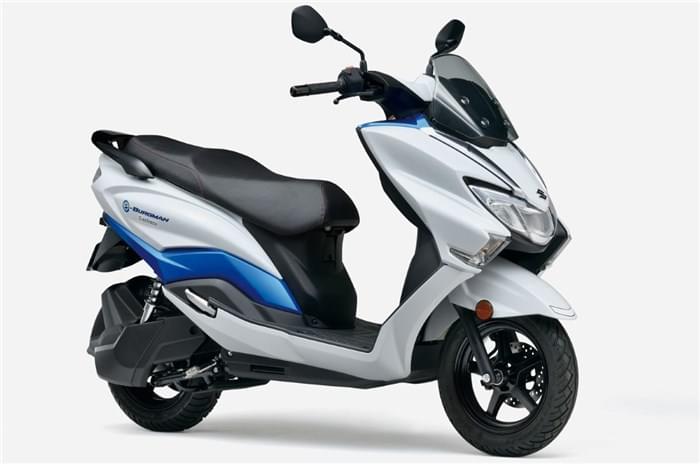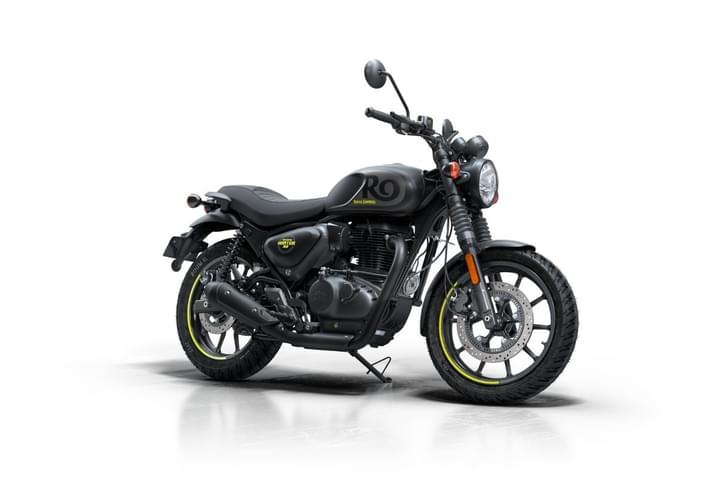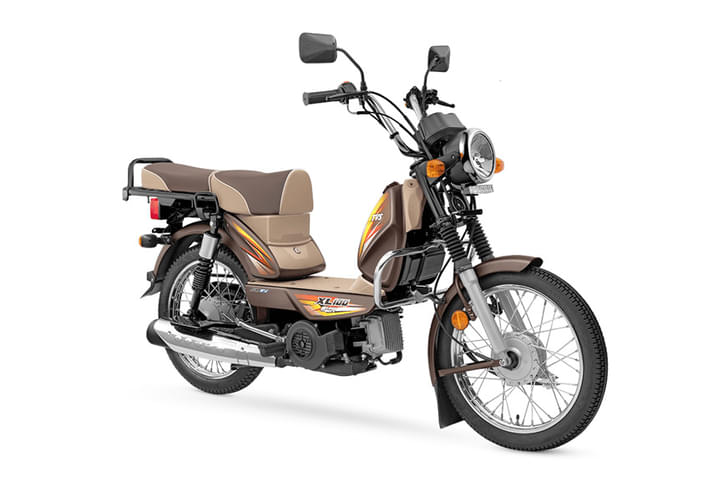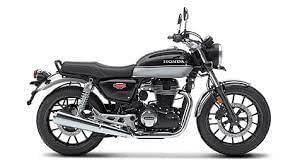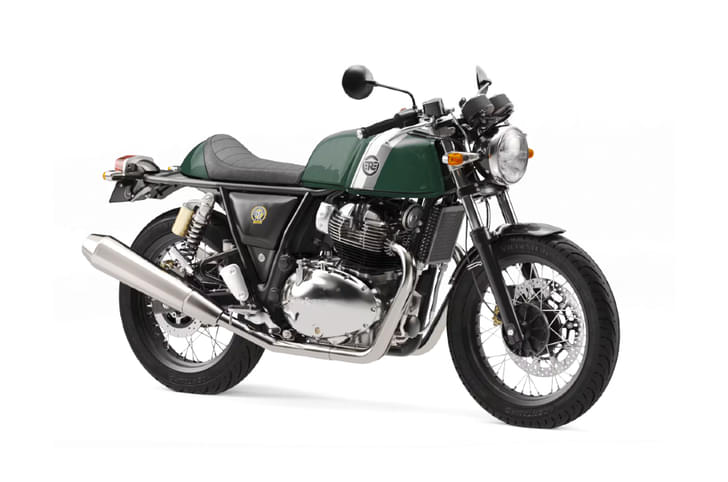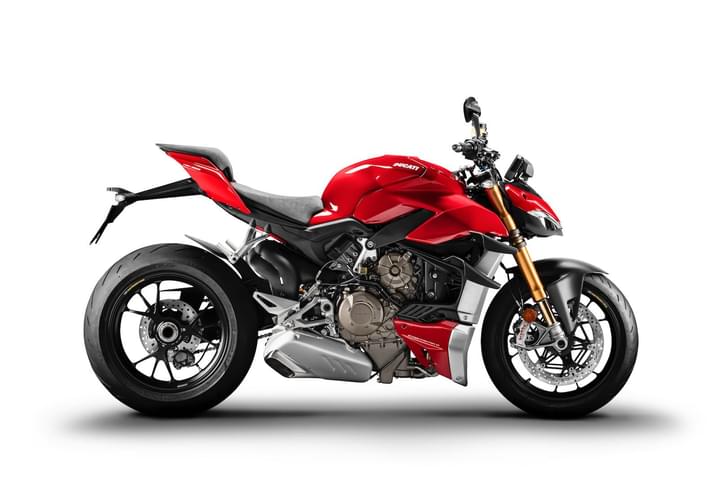The Apache RTR 160 4V turned out to be a resounding success for the TVS Motor Company ever since it was launched over a year ago. It clearly showed that a good product can hold its own in a highly competitive segment and it's been growing steadily from strength to strength. Now, with the BS6 emission norms looming large on the horizon, TVS has updated this sweet motorcycle to meet the mandate. But there’s more to the new RTR 160 4V than just an emissions update, so let’s take a closer look, shall we?

A nip here, a tuck there
The Apache RTR series, the 160 4V in particular, always had a well-proportioned design. It appealed to a wide palate, especially of those who were graduating from a 110-125cc commuter, and that’s one of the reasons why the RTR 160’s looks were widely appreciated. In the transition to its BS6 avatar, the RTR 160 dons a new face and it certainly looks striking. While some may like the sharp styling of the new LED headlamp, a few will take time to digest the new look. I, for one, disliked it when the pictures were out, but I have to say, it looks much better when you see it in front of your eyes. Aesthetics aside, its functionality is what TVS was mainly focused upon. The headlamp is said to offer great illumination and spread in the dark, a fact we shall verify during the road test.
For now, let’s just say that the headlamp design should grow on you with time. That said, I wish the surrounds were made of a better grade plastic. It’s certainly not poor, but it's only a case of us expecting good quality and finish from a TVS motorcycle, especially considering what we’ve seen in the past. Besides this, the rest of the motorcycle has been put together in trademark
TVS fashion (read class-leading manner). There's also some attention to detail in the new chequered flag graphics on the top of the fuel tank and in the knee recesses, as well as in the dual-tone-finish seat. Speaking of which, though this seat appears similar to the outgoing model's perch, it features revised foam density for added comfort. In fact, comfort has always been the RTR's highlight, and despite the slightly rear-set pegs, the ergonomics have been, and still are, quite relaxed. But that's not the only bit that makes riding the RTR 160 such a delight.

Smooth operator
The RTR's 159.7 cc engine in the BS4 format was a gem and it went about to set a new class benchmark in refinement and performance. In its transition to BS6, it has lost a miniscule amount of power and torque, but what it has managed to retain is its smooth and free-revving nature. In fact, the fuel injection has brought added refinement to the engine, along with a crisp and precise throttle response. And that improves the overall riding experience.
As was the case before, the engine feels responsive across the rev range and that makes the 160 quite easy to ride in traffic. In fact, TVS has gone a step ahead and introduced an interesting new feature called Glide Through Technology, or GTT, to take some of the fatigue off daily commutes in heavy traffic. The GTT, essentially, works like the creep function in an automatic transmission equipped car, allowing the rider to keep moving without the need of feeding any throttle. The best part about this is that once you let the clutch out, the bike sticks to 5-6kmph in first gear without lurching ahead unexpectedly. We also tried to challenge the system by riding up a 10-degree incline without any throttle inputs, but the ECU sensed the load and kept the engine running, enabling it to scale the summit without breaking a sweat.

Now while we've established that the RTR 160 will remain an effortless city commuter, it's also important to mention its ability to pick up the pace quickly. And when you do that, the suspension setup, though tuned towards the softer side, offers confidence to push hard.TVS has refrained from tinkering with the BS6 RTR 160’s suspension settings, and it's not as if it required any mending in the first place. The ride quality, hence, is quite plush, without comprising it's handling in any way.
Step up
The Apache RTR 160 4V has always been a great step up for those graduating from a 110-125cc commuter, especially the ones that seek to add a sporty flavour to their daily commute. Now, in this BS6 format, the RTR 160 builds upon its BS4 sibling's qualities, while bringing added refinement and cleaner emissions to the table. There is, however, no escaping the additional money you'll have to shell out for the BS6 model, with prices going up by about Rs 8,000 over the carburetted BS4 model and Rs 3,000 over the Fi variant. It may seem steep, but you'll have to bear in mind that pretty much every other carburetted rival will witness a similar hike in price when they shift to BS6. And when that happens, the RTR 160 4V will likely remain as one of the top contenders in the segment.






